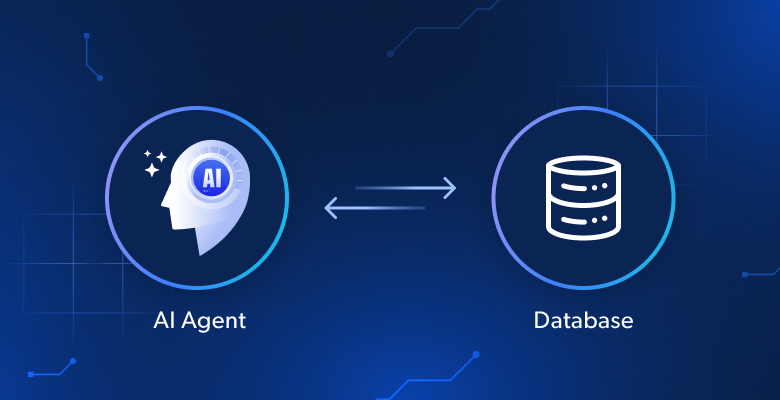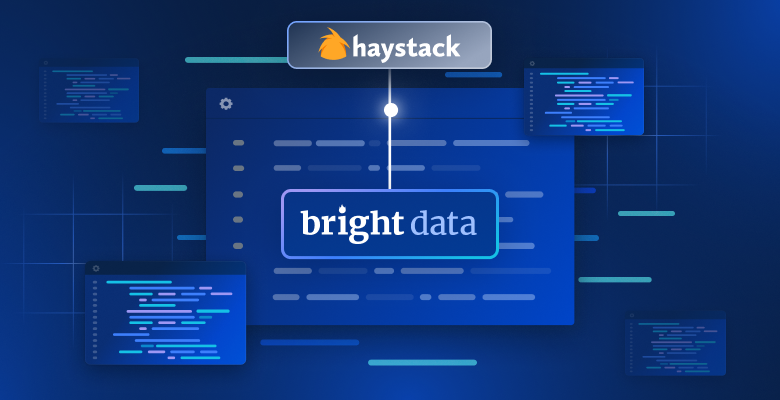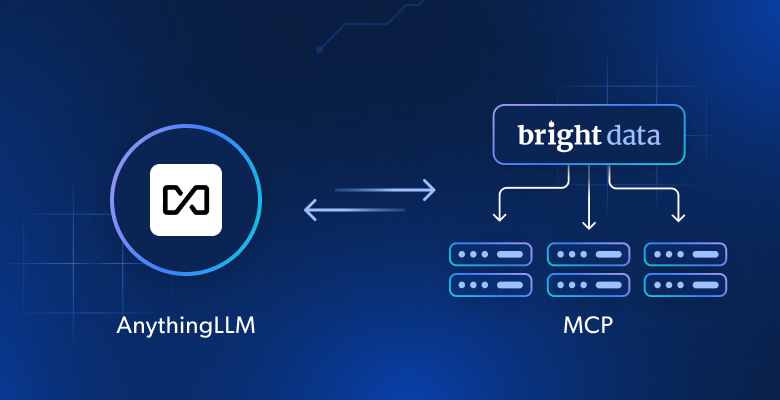To use data effectively, we need to make sure that it’s good data. We do this by using quality metrics. Not all businesses use the same metrics, but successful ones all have something in common: quality assurance. QA is an essential part of data collection. Let’s look at some common metrics that lead to successful QA.
Key Points
In the data industry, there are six core metrics to use when looking to ensure quality data.
- Accuracy
- Completeness
- Consistency
- Timeliness
- Validity
- Uniqueness
The Cost of Poor Data
When you work with poor data, you waste resources in all the following ways:
- Financial Loss: Whether you’re chasing the wrong trend or paying for wasted labor, your company is losing money.
- Operational Inefficiencies: If your team spends half its time on ETL (Extract Transform Load), they would be twice as productive with good data.
- Public Confidence: If you publish reports using bad data, this leads to public distrust which can eventually destroy your business.
- Compliance Issues: If your data doesn’t comply with regulations like GDPR, you carry legal risks with irreparable damage. You want to be compliant.
The Six Core Metrics
In the data industry, there are six core metrics that generally lead to high quality data. We’ll go through them in detail below. These metrics help ensure that your dataset is the best it can be.
Accuracy
We need to check our numbers and datatypes (string, number etc.) to ensure that our data is accurate. Anomalies need to be evaluated.
- Values: If something typically costs $1 and you get a report listing it for $100, this needs to be either verified or thrown out.
- Volumes: If multiple records show up out of the normal bounds, these all need to be verified.
- Strings: String values should be matched to a list of terms you consider acceptable. If a string is not on your list, it’s likely bad data.
- Relationships: If two columns in your data are related, the actual data in these columns should reflect this. If it doesn’t something might be wrong.
- Distribution: All segments of your data need to be accurate. If one segment is off, it can throw everything off.
Accuracy confirms that data values reflect real-world conditions. Every number, string, and relationship must match expected patterns to prevent error propagation in your analysis.
Completeness
In the wild, missing values are pretty common. Whether it’s a missing value in your JSON data or a missing cell in your table, this needs to be handled. By the time you’re using your data, it needs to be uniform.
- Use a Default Value: Something as simple as “N/A” can go a long way. A missing value leads people to believe it hasn’t been checked. “N/A” implies that it was checked and the value for that field is “Not Applicable.”
- Verify or Discard: Missing values can indicate a row or element with problems. Check its integrity. When in doubt, throw it out.
Completeness ensures that all required data fields are present and populated. Missing data can lead to gaps in analysis and inaccurate conclusions, so consistent default values or validation checks must be applied to maintain dataset integrity.
Consistency
You need to make sure your data is consistent with similar datasets. Inconsistencies can be caused by a number of things. Sometimes these are negligible issues and sometimes they’re indicative of larger problems.
- Incorrect Entry: If “water” is entered as a popular food, your data is likely incorrect.
- Variations: Some sources might name a column
Favorite Foodwhile others usefav_foodto represent the same data. - Timestamps: Good data contains timestamps. There should be a timestamp showing when the report was generated. Really good data contains a timestamp in every row.
- Structure: Different data sources might give different structure. This slight variation could lead to issues if it’s not handled properly.
{"name": "Jake", "age": 33, "Favorite Food": "Pizza"}.{"name": "Jake", "age": 33, "Favorite Food": "Pizza", "Favorite Drink": "Coffee"}.
Consistency ensures that related information is uniformly represented across all datasets. Using standardized naming, formats, and structures minimizes discrepancies and facilitates reliable comparisons.
Timeliness
We briefly touched on this in the section above. Timeliness ensures that our data isn’t obsolete. You don’t want to be working with data from 2015 to create a detailed report in 2025.
- Timestamp Reports: At the very minimum, each report should be timestamped to show the overall age of the data.
- Timestamp Fields: If you’re looking at a report on customers dated for today, it doesn’t accurately reflect that some customers registered last year and some registered this morning.
Timeliness measures the relevance of your data. Data must be current and updated regularly so that decisions are based on accurate and recent information.
Validity
This is just as important as accuracy. Invalid information is almost always bad data. You need stringent checks to ensure that your data is valid.
- Dates: A column holding dates in MM/DD/YYYY format should not contain the value “Pizza” or “33”.
- Numbers: The “age” column should never contain “Cheese”. When someone’s age shows up as 33.141592 instead of 33, this sort of thing is more likely to slip through the cracks.
- Strings: The “name” field shouldn’t contain 33.
Always check that the datatypes are valid. Invalid data can be from something as simple as a missing comma, or it can indicate larger problems. If you see a customer who is “Cheese” years old, double check the entire dataset for possible errors.
Uniqueness
Duplicate rows will skew your aggregate data. It’s imperative that you handle them properly. Failure to do so can contaminate your findings.
- Merge: If you have two duplicate rows, you can merge them. This keeps the data intact but prevents it from skewing your results.
- Delete: When you delete duplicate data, you prevent it from contaminating the dataset entirely.
Uniqueness guarantees that records are distinct and free from duplicates. Eliminating duplicate entries is essential to prevent skewing results and to maintain the integrity of your analysis.
Are They Enough?
These metrics above are not written in stone but they do provide a common consensus. Often, we need more information to ensure good data. Here are a couple examples where you might need to expand.
Relevance
Arguably, this is more important than any of the core methods. Irrelevant data leads to all sorts of waste.
- Irrelevant Reports: If your team spends thousands of dollars analyzing data nobody wants, this is a huge waste of resources.
- Processing Costs: You might spend time cleaning and formatting a large dataset just to use one column from the final report.
Traceability
This one is more pronounced in areas like finance, blockchain and genetics. Untraceable data needs to be checked and handled properly as well.
- Verifiability: If you’re looking at data scraped across various sites, including a link to the data can be incredibly helpful. When something sticks out, visit the link and verify it immediately instead of rerunning your collection process.
- Compliance: Traceability allows your data to pass audits. Not only can you verify the data, anyone else can too.
Best Practices for Ensuring Data Quality
To ensure you’re getting good data, it’s best to use automated processes to test your data. When we scrape the web, we’re often automating the entire ETL process. Adding checks to this process might sound tedious, but it’s well worth it.
Running a few extra lines of code could prevent you from rerunning the entire extraction or spending days manually verifying your data.
Automating Your Quality Assurance
During or after your extraction process, you need to run automated checks to ensure your data’s integrity. Whether you’re using a dashboard in Power BI or you’re using Python for analysis, you need to check for the six core metrics. Depending on your data, you’ll likely need to test some additional metrics.
- AI: LLMs (Large Language Models) like ChatGPT and DeepSeek are great at checking data. Models like these can review thousands of records in mere seconds. There should still be some human review process, but AI tools can save days of manual labor.
- Pre-Made Tools: Tools like Great Expectations can help you clean and format your data with ease. There are tons of tools like this all over the web. Simply upload your reports and start cleaning your data.
Use Bright Data’s Datasets
Our datasets take things a step further. We run collection processes on some of the most popular sites on the web. These datasets make it possible for you to get huge reports of good data from the sites below and hundreds more!
- LinkedIn: Grab data from LinkedIn People and Companies.
- Amazon: Get products, sellers, and reviews for anything on Amazon.
- Crunchbase: Detailed reports on all sorts of businesses right at your fingertips.
- Instagram: Analyze reels, posts, and comments to get data driven ideas for social media.
- Zillow: You can stay up to date on the latest Zillow listings and trace their price history for accurate forecasting and actionable insights.
Conclusion
Good data lays a strong foundation for success. By applying the six core metrics and tailoring them to your unique needs, you build robust datasets that drive informed decisions. Leverage advanced AI and cutting-edge tools to streamline your data pipeline, saving time and money while ensuring reliable insights. Even better, Bright Data’s powerful web scrapers and extensive datasets provide high-quality, compliant data directly to you—so you can focus on growing your business.
Sign up now and start your free trial!







